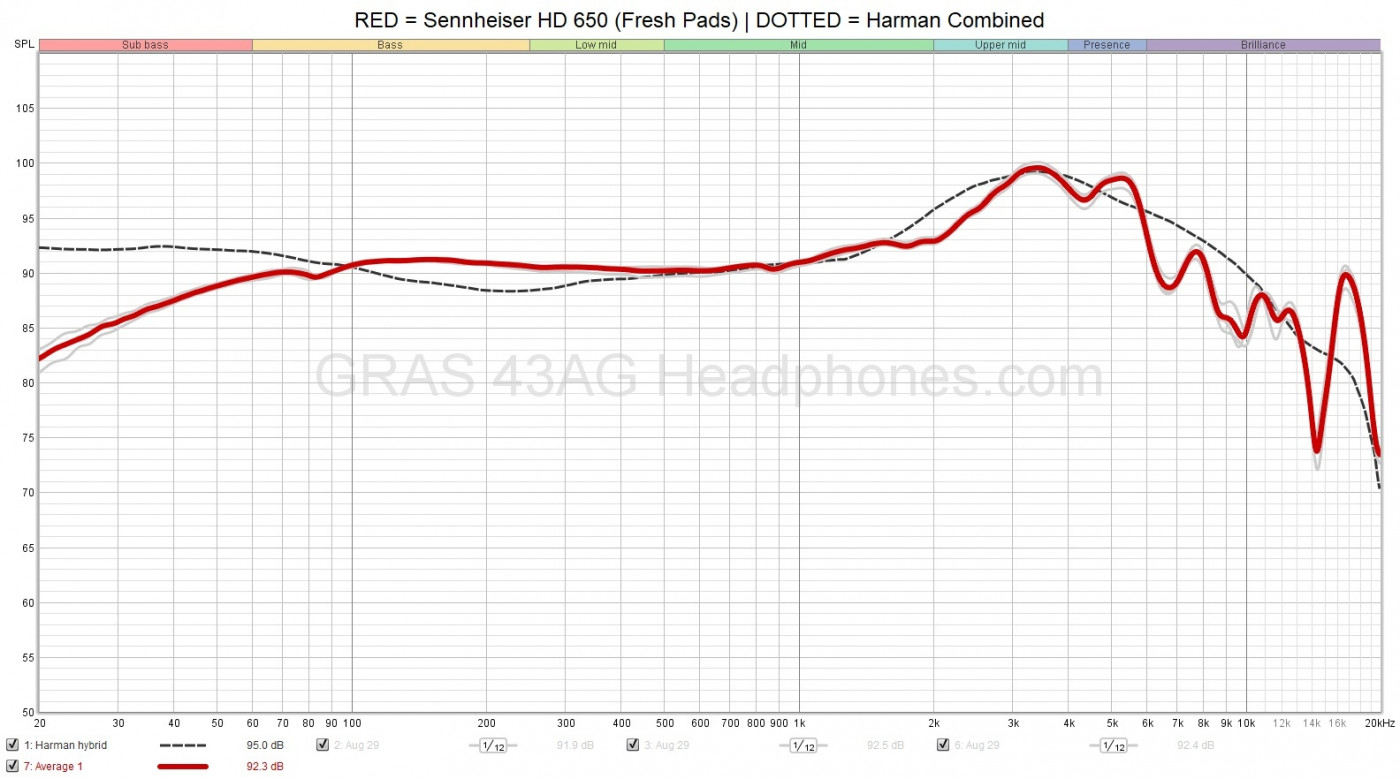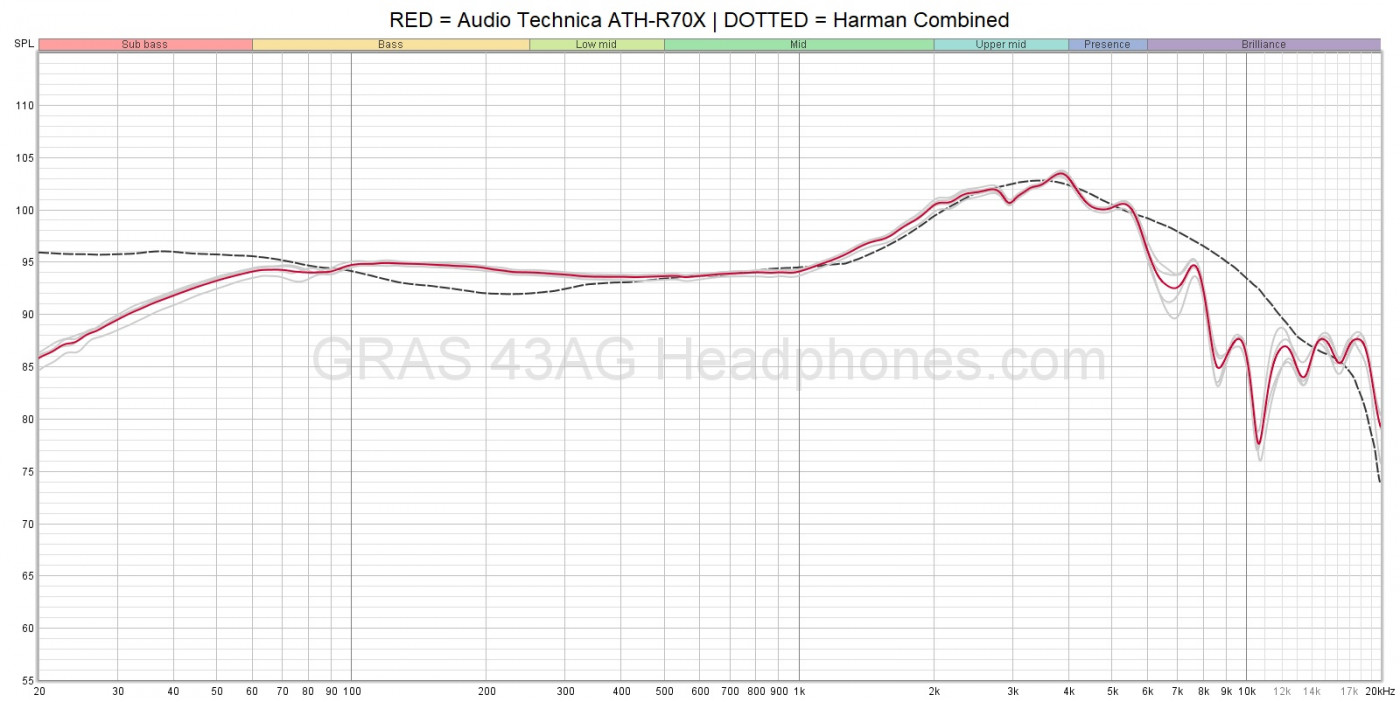Best of Mid-Fi - Chrono's Favorite Headphones Under $500

Chrono's Favorite Headphones under $500
Written by Chrono
Introduction
For some of you out there when you think of headphones in the $500 price bracket you might envision things like the AirPods Max, Sony WH1000-XM5, or Bose 700, and while those headphones are great for when listening on-the-go, or in loud environments where features such as active noise canceling and wireless technology are a must, they’re not the focus of this article. Instead I’ll be talking about the kind of headphones of which use case scenario is almost exclusively at-home listening since they’re meant to deliver the highest level of audio quality while kicking it back and relaxing listening to your favorite records or for example when working (or gaming) at your desk.
If you’re not super familiar with Hi-Fi audio I’d highly encourage that before you continue reading this article you check out a video that DMS made with headphones.com, which is a starter guide per se for high-end headphones and whatnot, so if you'd be interested in checking that out you can click the link here!
Sennheiser's HD600 and HD650 - Living Legends
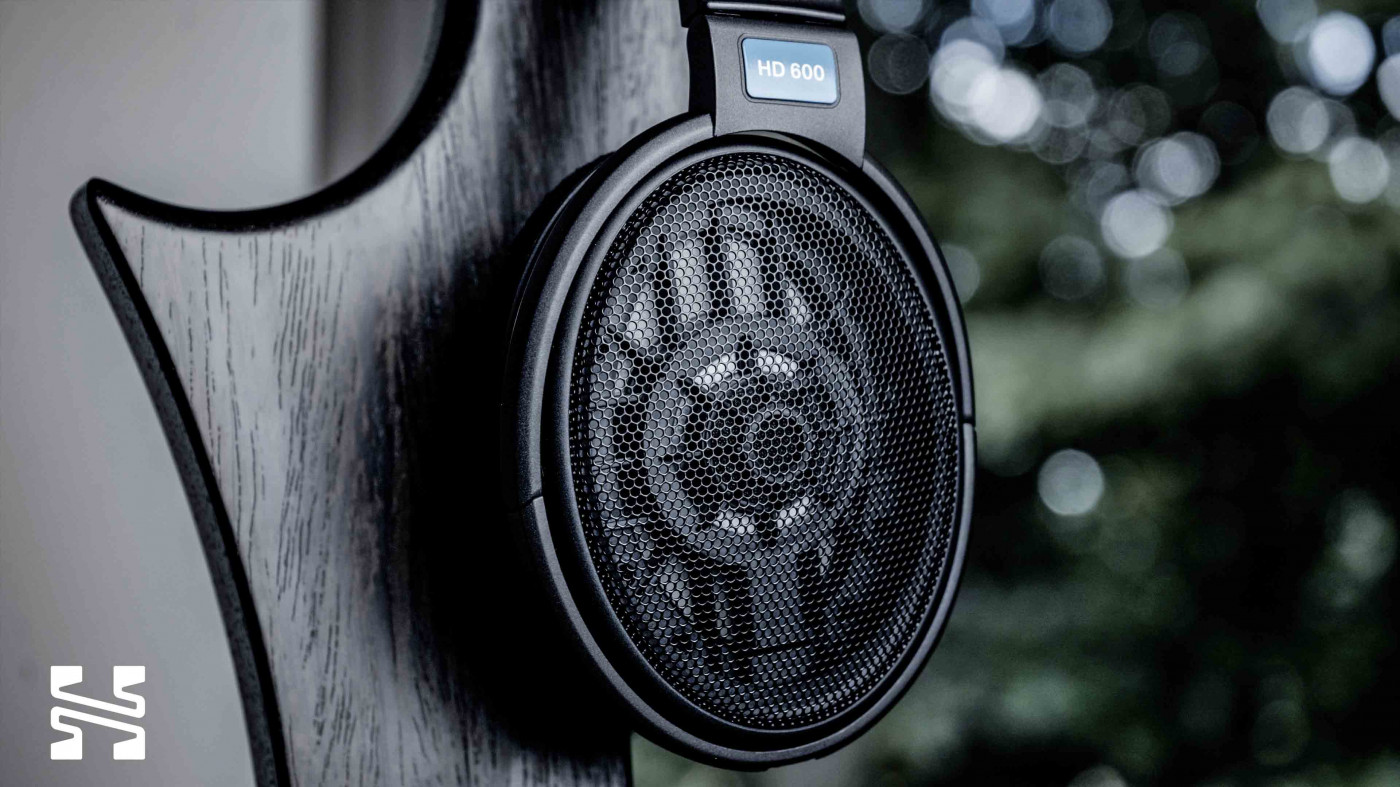
- Reasons to buy
- Rich and Natural-Sounding Midrange
- Well-Extended and Nuanced Treble
- Great Detail Retrieval
- Excellent Source Gear Scalability
- Reasons not to buy
- Poor Sub-bass Extension
- Soundstage is Intimate and Lacks Precision in Directionality
- Bass isn't Very Articulate
We’ll get started with a twin set of headphones that I think no one will be surprised to see on this article and I am of course talking about Sennheiser’s HD600 and HD650. These two are probably some of the most iconic and recognizable headphones in the audiophile hobby since they’ve been around for over two decades now and they retail for $299 and $399 respectively. Of course, though, there is also the drop HD6XX which retails for $279 and is identical to the HD650 in every single way except for color.
While they suffer in their soundstage and imaging performance--making them provide a more intimate listening experience when compared to other headphones on this list--what really sets the HD600 and HD650 apart is their excellent frequency response and detail retrieval. Back in the 90s when these Headphones were first introduced they really set a standard for what reference class listening should sound like.
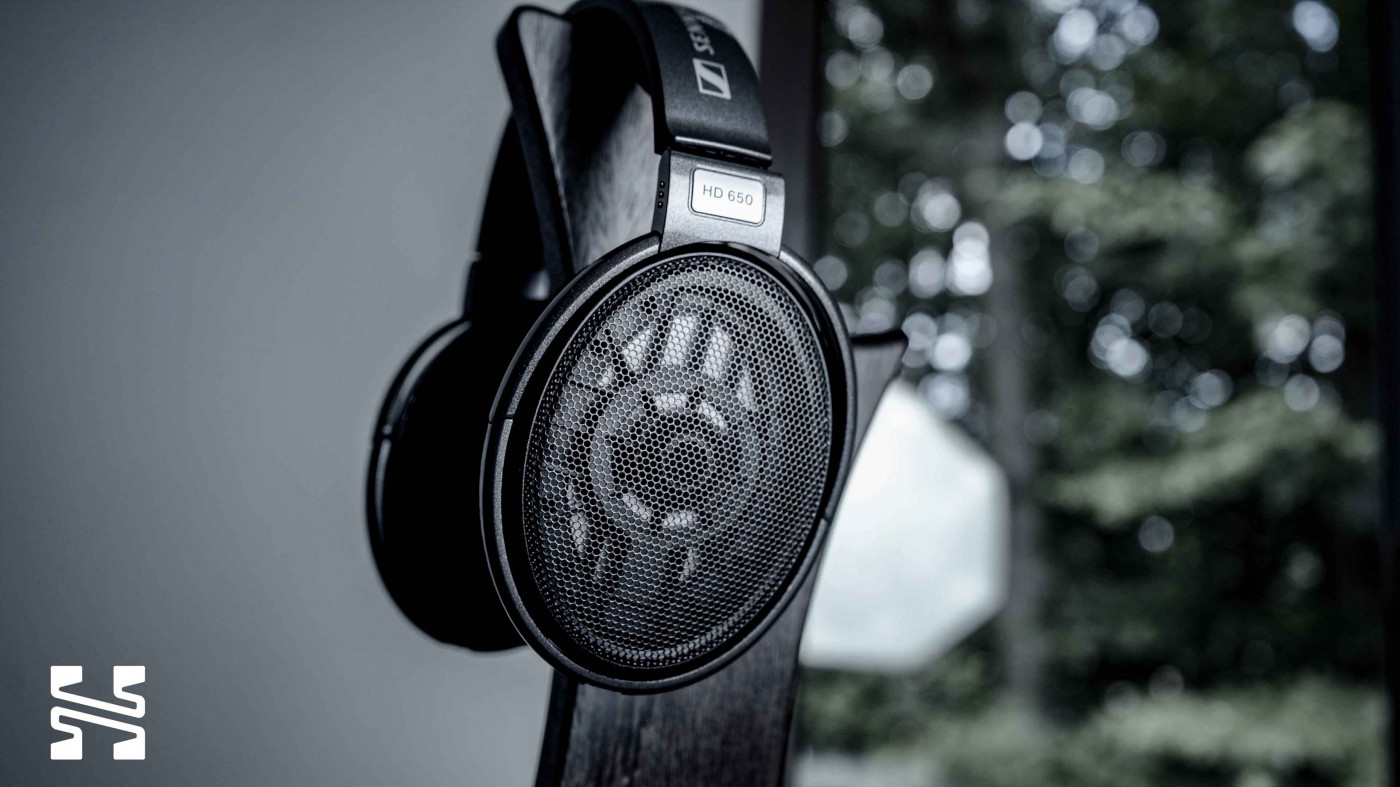
The bass doesn’t extend very well in the sub bass region, but both headphones feature a prominent mid-bass bump that adds a distinct warmth to the low-end and also enhances the kick you get behind bass tones. Additionally these two headphones are essentially synonymous with midrange as they have rich and present mids that, although a tiny bit forward in the upper midrange region around 3K, never fail to remind me why these headphones are hailed as the midrange gods. Now, while the HD650 in particular does occasionally get labeled as being veiled or dark sounding, I actually find both of these headphones to have quite nuanced and well-extended treble regions.
The reason as two why I group these two headphones together is that despite the considerable $100 price gap between them, the HD600 and HD650 actually deliver nearly identical listening experiences, with similar tonal characteristics, great scalability with source equipment, and outstanding detail retrieval. The only real difference is that the HD650 has a slightly more pronounced bass region and the treble is slightly rolled off.
For my tastes and preferences I actually prefer the more airy and sparkly treble of the HD600, but if you prefer a warmer listen then the HD650/HD6XX is the Sennheiser for you–either way you can’t go wrong with these and I believe that they’re some of the best headphones to get into the hobby with, and generally they just make a fantastic addition to any audio enthusiast’s collection.
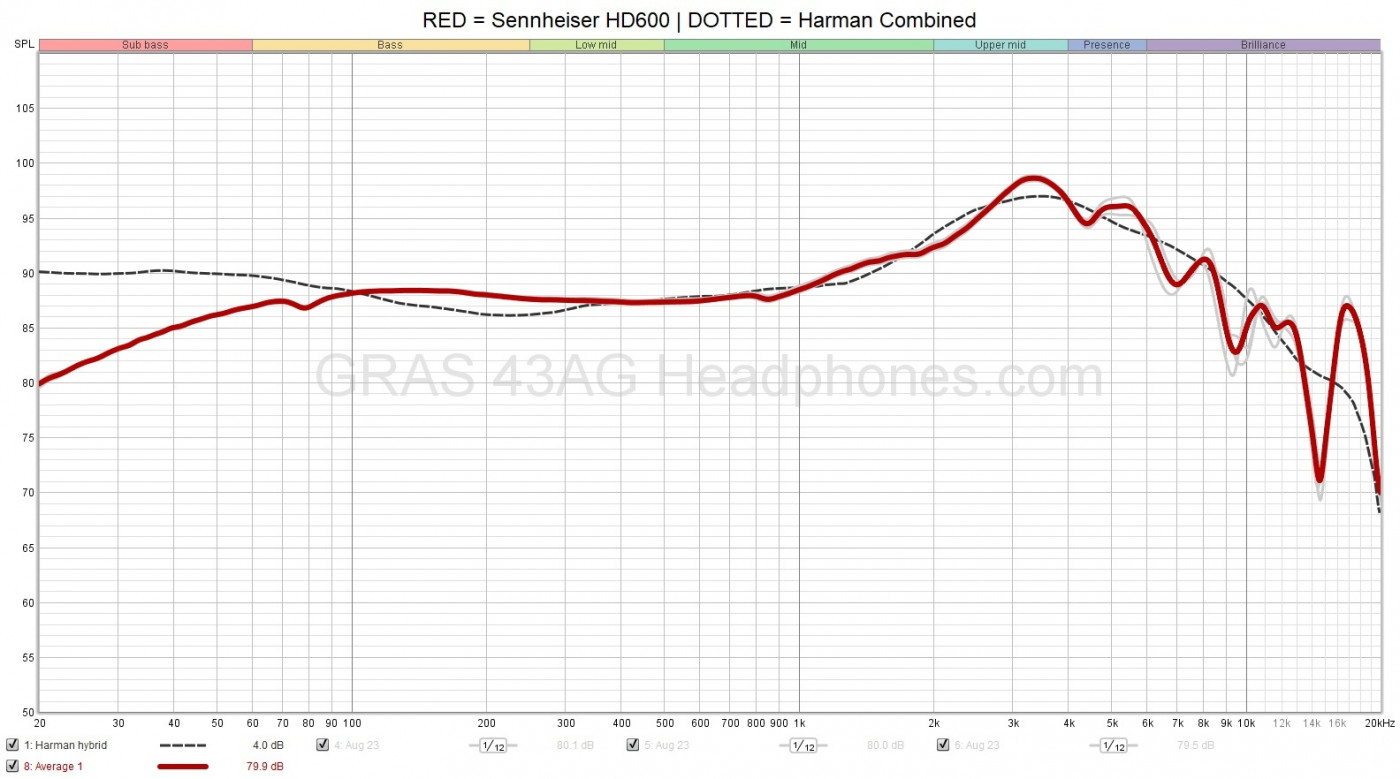
HiFiMan Sundara - A Modern Classic
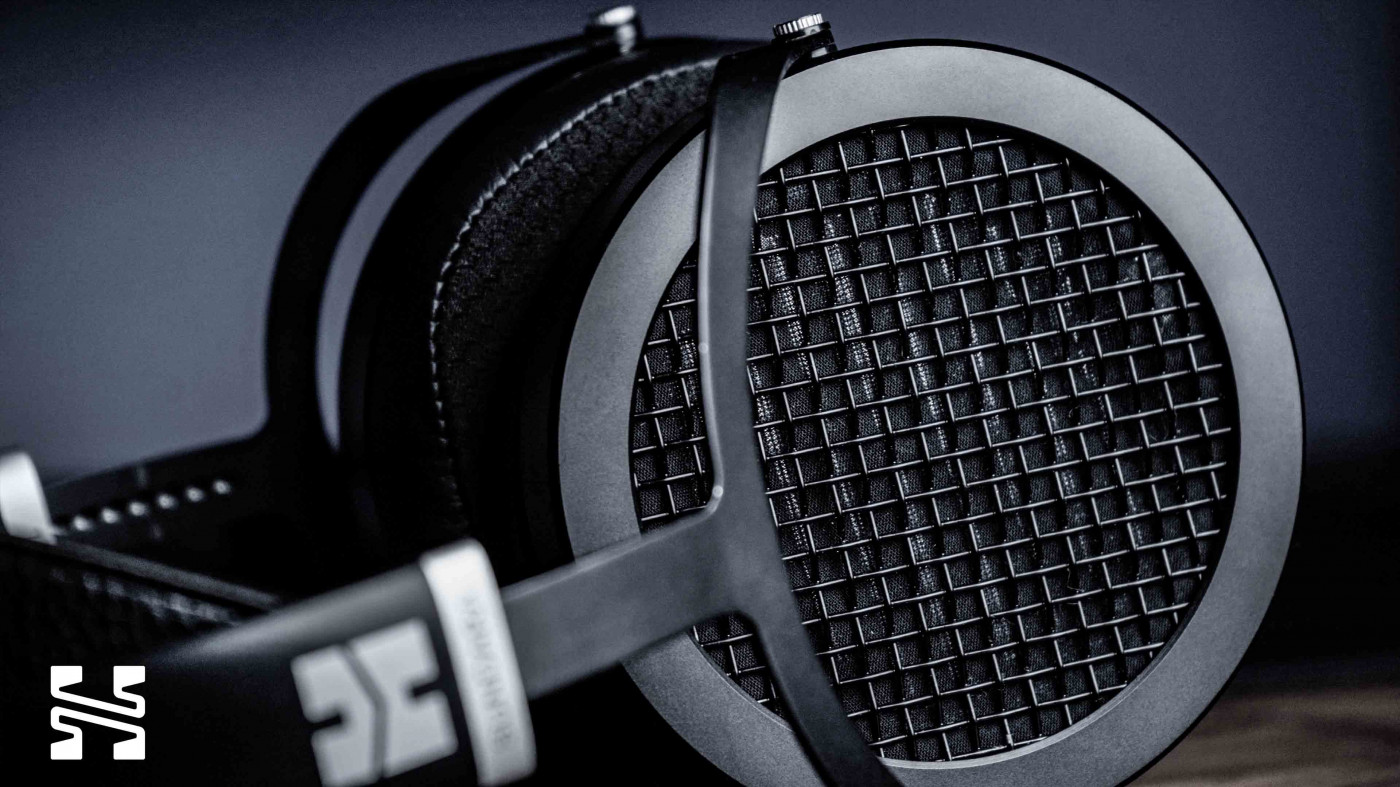
- Reasons to buy
- Excellent Bass Extension and Quality
- Natural and Easy-to-Listen Tonality
- Great Detail Retrieval
- Reasons not to buy
- Poor Build Quality/Design
- No Cup Swivel Could Cause Comfort Issues for Some
I’m sure everyone who’s watched our videos is familiar with and that is the HiFiMan Sundara which retailing at $299 was in my opinion the first set of headphones to really challenge the HD600 and HD650 for the title of Mid-Fi open-back king, at least at the time of their release in 2017, and especially after the infamous 2020 pad revision.
What makes the Sundara so awesome? Well, one of the key features of the Sundara is that unlike most headphones in this price range, it’s not using a dynamic driver to generate sound. Instead. it's using a planar magnetic driver, and along with that comes the characteristics that are associated with this kind of driver technology. Some of the more distinct planar qualities in the Sundara are the excellent bass extension that seems to reach all the way down to 20hz with no roll-off, a quicker leading edge to notes and sense of immediacy, more articulate bass, and slightly better instrument separation. This is coupled with a design that despite not having cup-swivel I think is very comfortable to wear, and a frequency response that is just as good as its technical performance.
Like the HD600 and HD650, the Sundara has tonality that I’d describe as being neutral or natural sounding. As mentioned previously, the bass features great extension, though the bass shelf under 120hz is somewhat lean and could benefit from a bass boost toggle or EQ. The midrange again has a well-defined body, but like most HiFiMan headphones it does feel a little blunted at around 2Khz, which can make things like electric guitars or brass instruments sound just a little soft or quieter. The treble has a little bit of added brilliance at around 7Khz but it’s very subtle and not something that I think would make the treble sound harsh or fatiguing in any way.
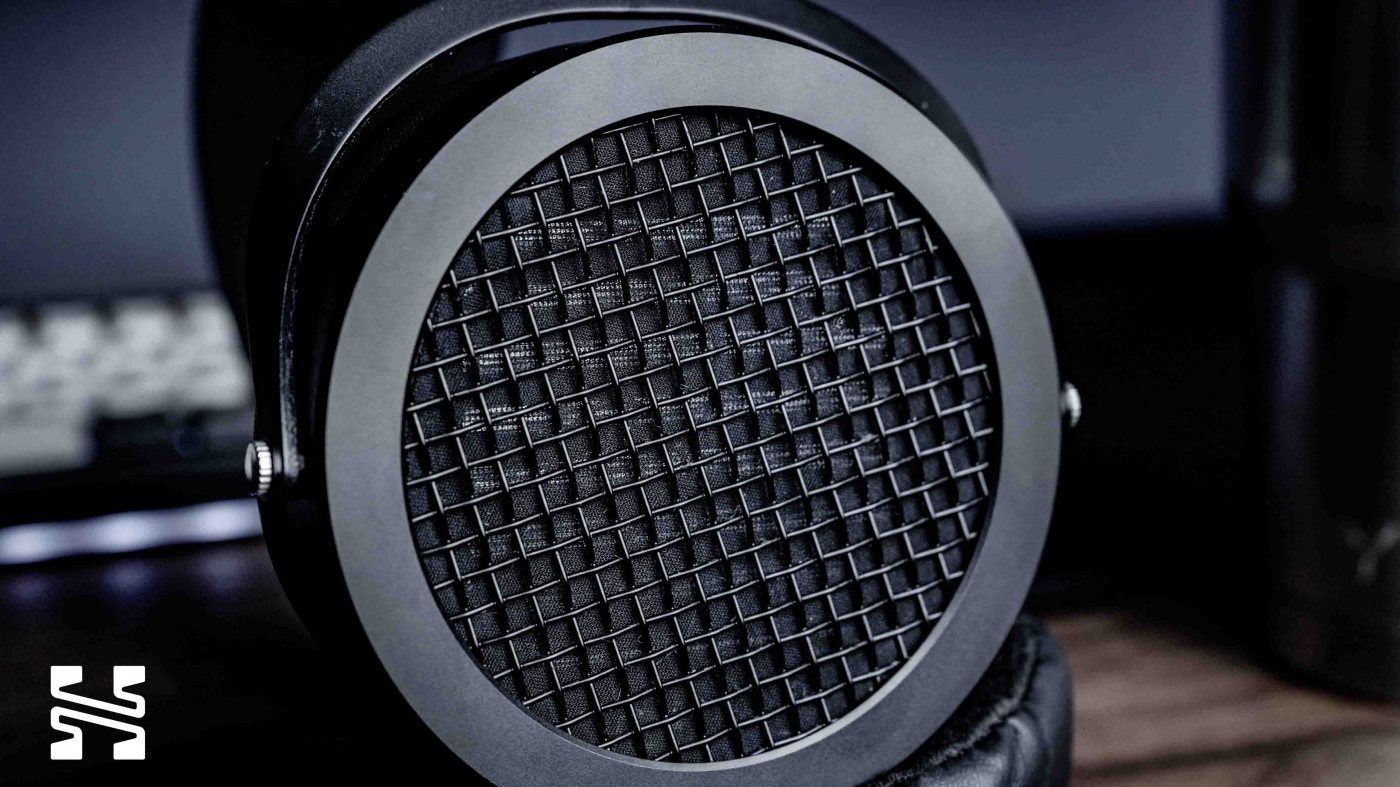
Two more things I wanted to note were that while the imaging and directionality of sound aren’t the greatest on the sundara since its center image is a little weak, it does boast a more spacious soundstage than what you get on the HD600-series headphones. The other thing is that despite being planar-magnetic headphone, the Sundara still retains a pretty good sense of punch and slam, making for an energetic listen.
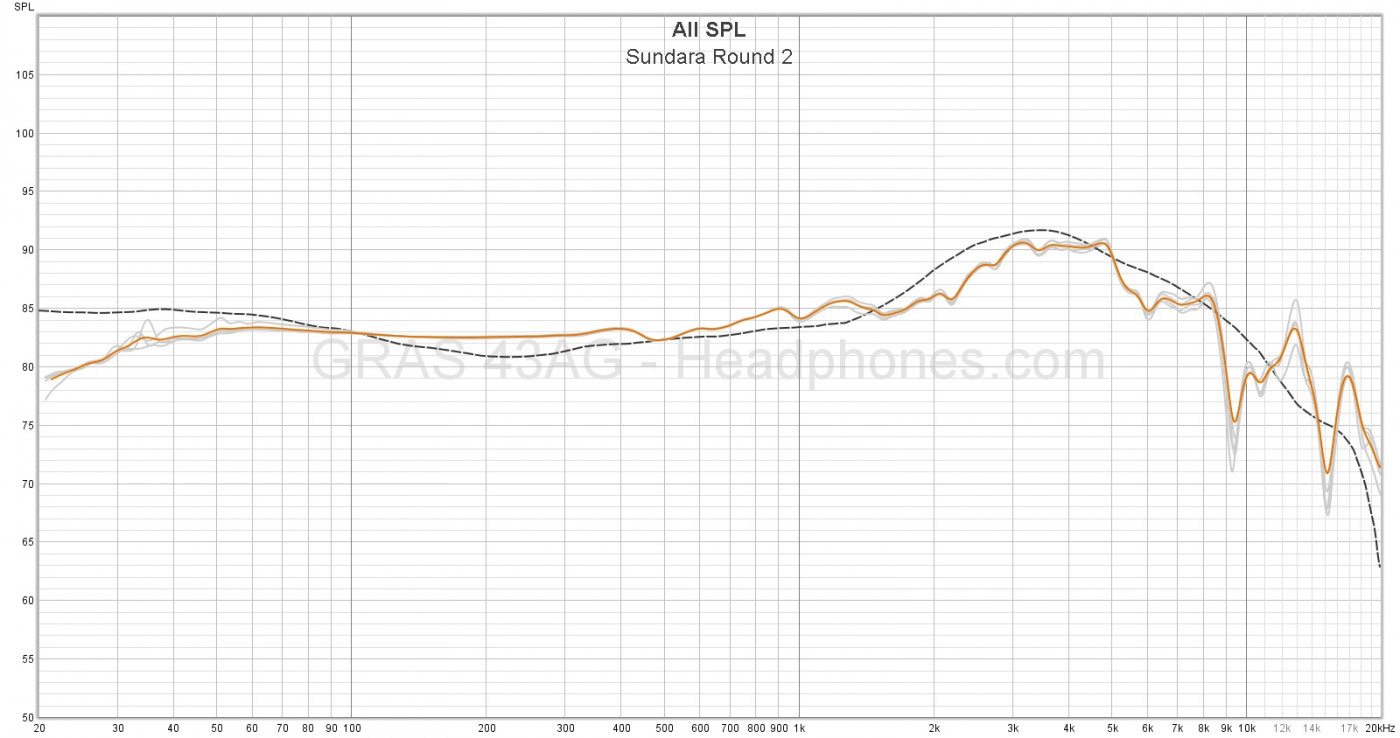
Audio Technica ATH-R70X - A Serious Dynamic Driver Contender
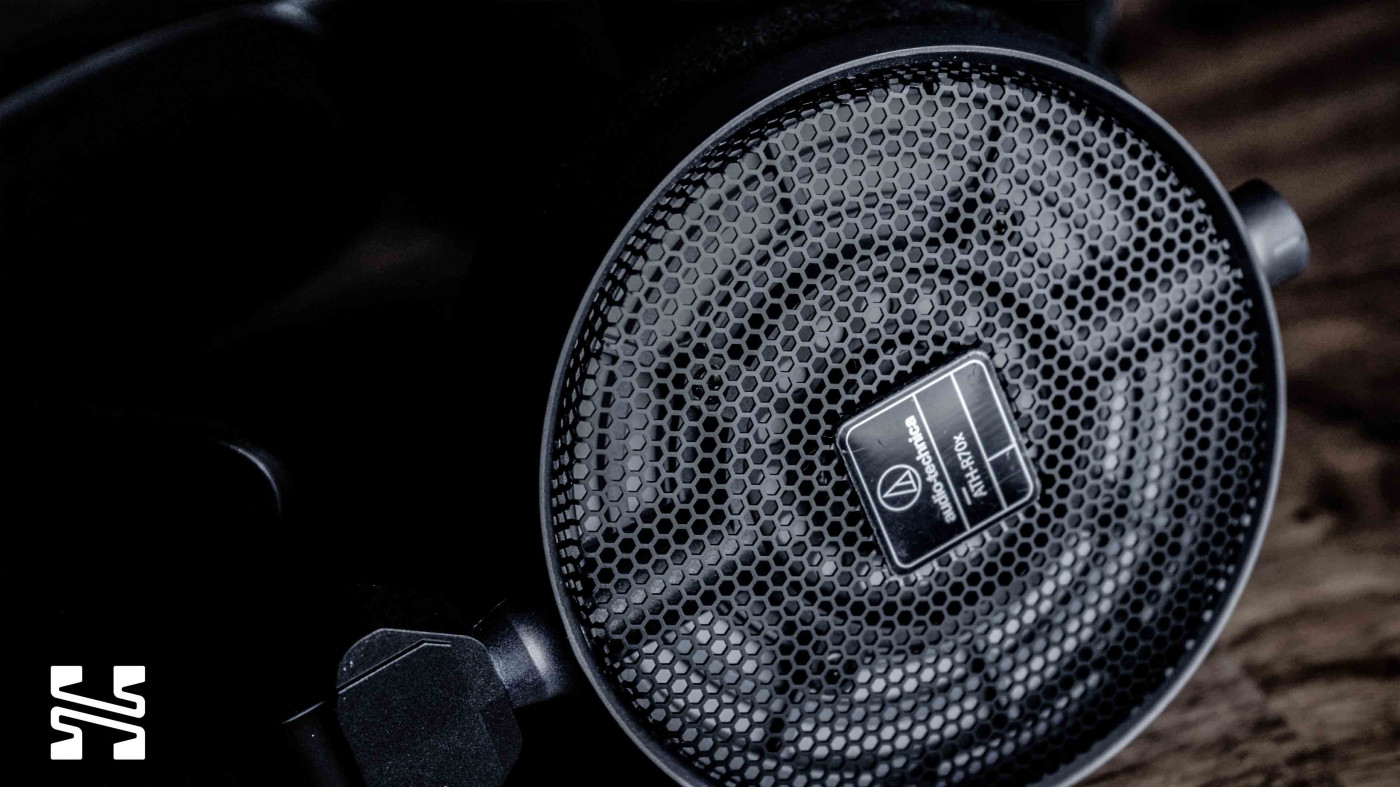
- Reasons to buy
- Warm and Punchy Bass Response
- Very Competitive Detail Retrieval
- Spacious Soundstage
- Reasons not to buy
- Lower Treble Feels Slightly Veiled
- Imaging Lacks Precision
- Headband Mechanism May Not Fit Users With Large Heads
Next up we have a headphone that is new to me, and that is the $349 R70X from Audio Technica. A few months ago I actually reviewed Audio technica’s flagship the ADX 5000 which to me was a great alternative to Sennheiser’s flagship the HD800S, and I feel somewhat the same about the R70X in relation to the HD600-series headphones since it has a similar tonality and frequency response with a pronounced mid bass region and present mids, although it is a little on the warmer side in the treble, particularly at around 6Khz where it seems to dip a bit and could use a little more energy.
I didn’t find them to be as detailed or as resolving, but there are a few key improvements on the R70X when compared to the HD600-series headphones. The most noticeable one is that the R70X seems to have better bass quality. It still rolls off a bit, but the bass feels tighter and the driver here also seems to deliver a more satisfying and pronounced kick alongside low tones. Then there’s the soundstage which, like on the Sundara, doesn’t seem to have the most precise imaging, but is a little more spacious and effective at creating a sense of distance.
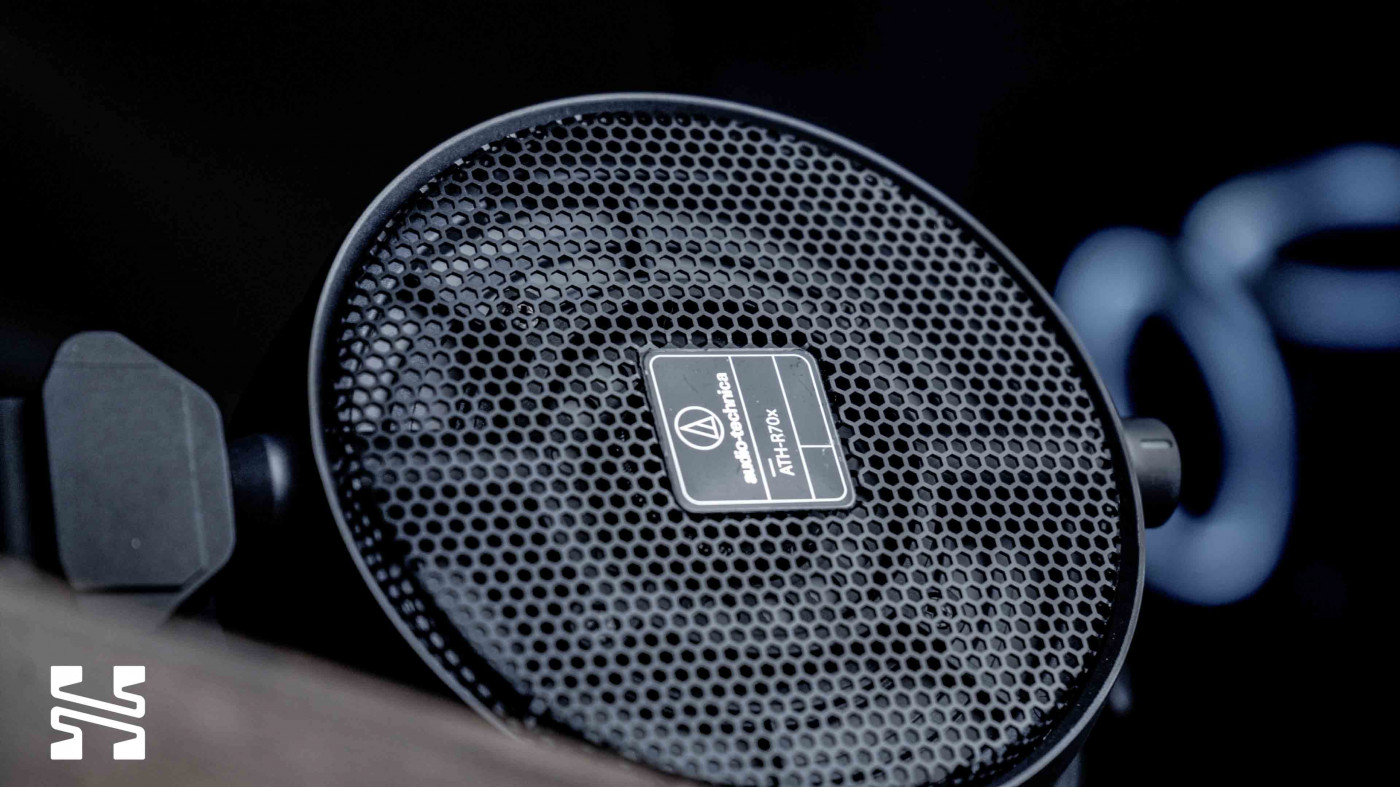
Love our in-depth reviews?
We test and review hundreds of headphones every year. Sign up to get the latest news, reviews, guides, and more in your inbox. Join the 60,000+ like-minded audio lovers who love our newsletter!
HiFiMan Edition XS - A Link Between Mid-Fi and Hi-Fi
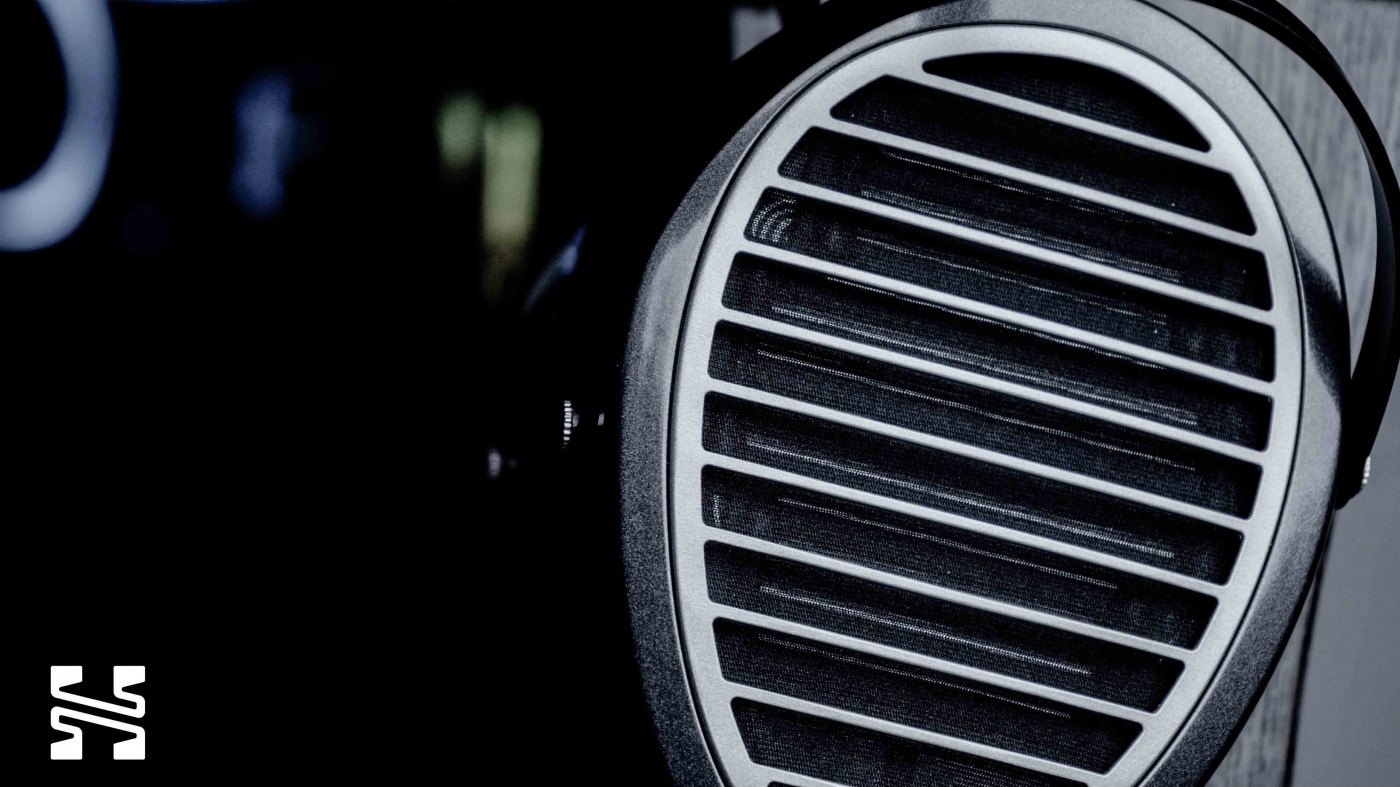
- Reasons to buy
- Exceptional Technical Qualities
- Very Deep and Articulate Bass
- Reasons not to buy
- Tonality is a Little "Analytical" or "Sterile"
- Treble Feels Unnaturally Brigthened
- Lacking in Sense of Slam and Dynamics
Lastly we have the $499 HiFiMan Edition XS which I think delivers the very best technical performance of the headphones mentioned so far. I find that for things like instrument separation, imaging, and detail retrieval the performance here is really a lot closer if not identical to something like that of the popular HiFiMan Ananda than it is to what you get on the things like the HD600, Sundara or R70X.
The long ear cup ovoid design that is common for a lot of HiFiMan’s headphones also makes this one of the most comfortable headphones to wear on this list since its ear cups are very roomy and the new HiFiMan headband also distributes the headphones weight very efficiently with not a lot of clamp. Again, like the Sundara the Edition XS is using a planar magnetic driver that provides a very deep and precise response although personally I’m not a big fan of the mids and treble on this headphone. The mids to me feel somewhat lean at around the 700-2000hz area and then the mid-treble feels artificially brightened, with the upper treble also having a prominent peak somewhere between 12-14Khz which adds a strange sort of glisten to the music. Of course, if you don't mind brighter-sounding headphones or using a bit of EQ, then this may not be a problem for you, but it’s something to keep in mind if you are treble sensitive or are a more mid-centric listener.
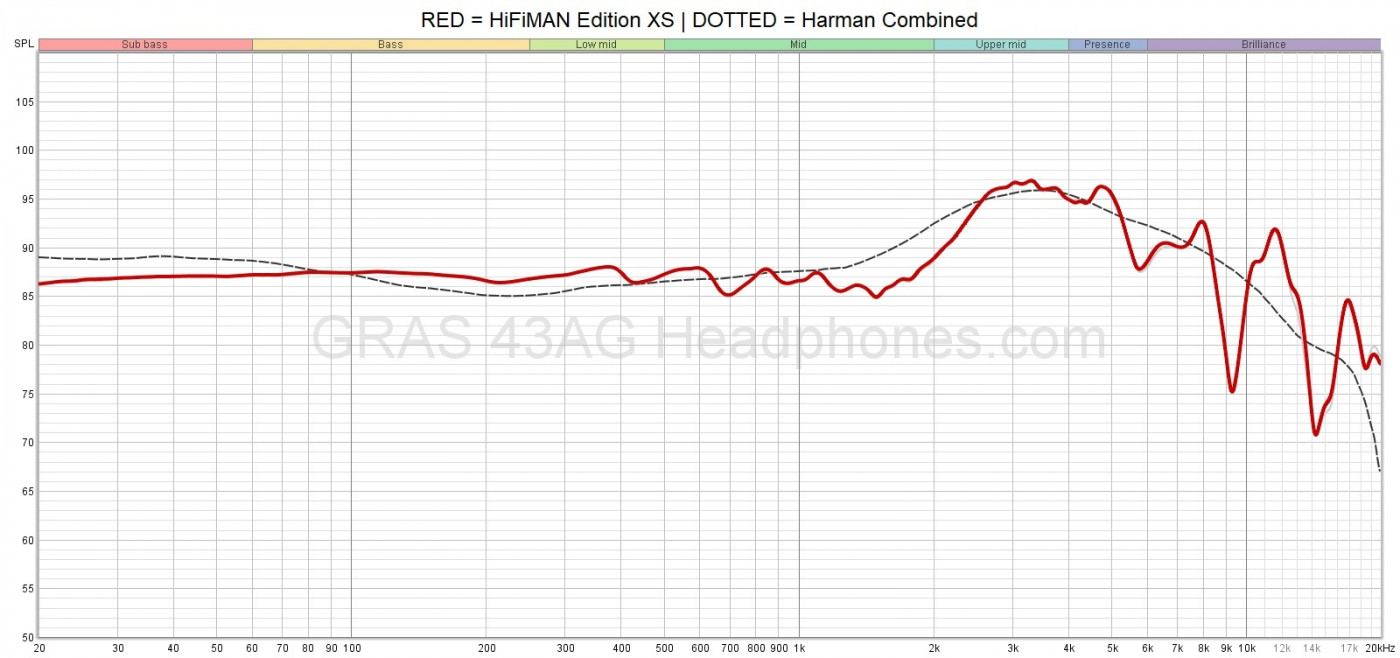
Closing Thoughts and Honorable Mentions
To wrap up this article, I just wanted to give some honorable mentions to the Sennheiser HD560S and Beyerdynamic DT770 Pro. At $179 the HD560S is a great and more affordable alternative to the HD600-series headphones or R70X that still delivers great performance, and at around $150 the DT770 Pro is still my personal #1 choice under $500 for a closed-back headphone.
I think that really you can’t go wrong with any of these headphones and if there is one thing I’ve certainly learned while testing these and working on this roundup article is that this is a great time to get into Hi-Fi as there are now more competent options than ever to get into the hobby and if you already have one of these headphones know that there are many others to try out that’ll provide a different flavor without having to bust the bank.
--
Check out the video version of this article:
--
To discuss all things headphones, join our community forums here!
--
